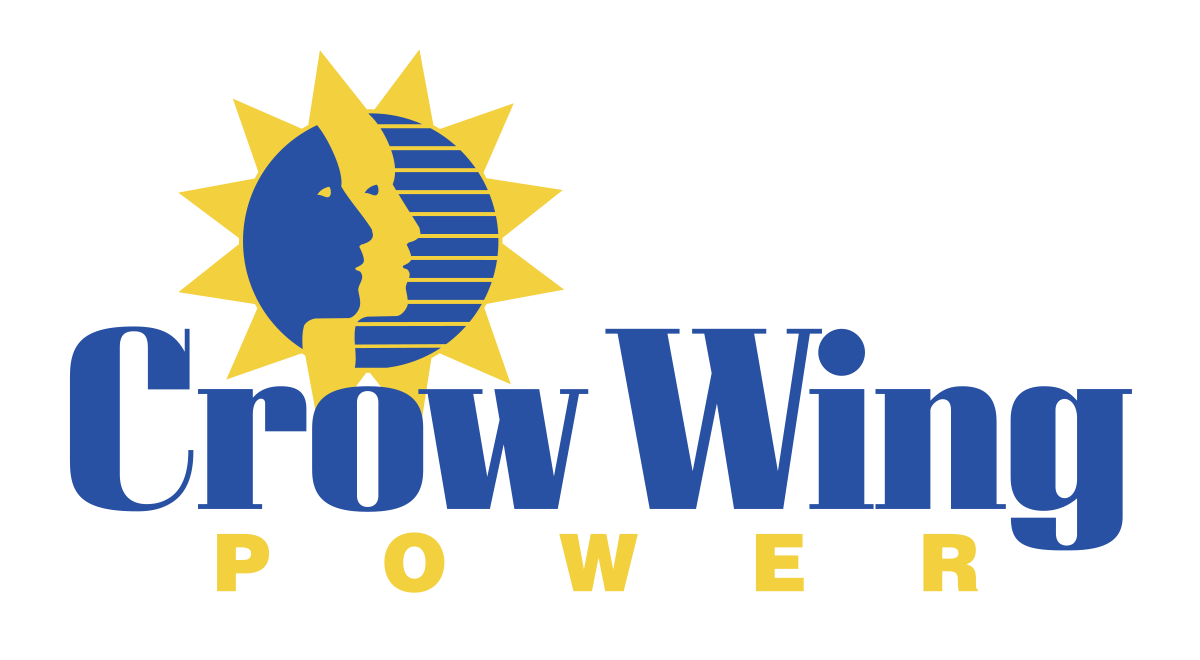Living in an older home doesn’t mean you have to settle for high energy costs. With the implementation of the Inflation Reduction Act (IRA) and its tax credits, budget-conscious families can find relief. Let’s explore how you can take advantage of these credits to reduce your energy expenses while living in an older home. By implementing simple strategies and making energy-efficient upgrades, you can enjoy long-term savings and contribute to a greener future.
- Understand the Inflation Reduction Act:
To begin, it’s essential to grasp the key provisions of the IRA. This legislation introduces tax credits aimed at incentivizing energy-efficient improvements in residential properties. Familiarize yourself with the specific tax credits available, eligibility criteria, and the process for claiming them.
- Conduct a Home Energy Assessment
Start by assessing your home’s energy use. Crow Wing Power can help identify areas where you may be losing energy and provide recommendations for improvements. Take note of insulation gaps, leaky windows or doors, outdated appliances, and inefficient heating or cooling systems. Note: Home energy assessments are available at no cost to members but availability is based on Member Service Representatives workloads.
- Upgrade Insulation
Older homes often lack proper insulation, leading to significant energy loss. Invest in insulation upgrades for your walls, attic, and floors to reduce heat transfer and maintain a comfortable indoor temperature. Add weather stripping to windows and doors and further prevent drafts.
- Seal Air Leaks
Air leaks are common in older homes, resulting in wasted energy and high bills. Use caulk or weather stripping to seal gaps around windows, doors, and electrical outlets. Inspect and seal ductwork in your heating and cooling systems to avoid air leakage.
- Optimize Heating and Cooling Systems
Upgrade your HVAC system to a more energy-efficient model if possible. Ensure that your heating and cooling systems are properly maintained, with regular filter change and professional inspections. Use programmable thermostats to optimize temperature settings and reduce energy consumption.
- Install Energy-Efficient Lighting
Swap out traditional incandescent bulbs with energy-efficient alternatives like LED bulbs. These bulbs use significantly less energy and last longer, resulting in reduced energy costs. Consider motion sensors or timers for outdoor lighting to minimize unnecessary use.
- Upgrade Appliances
Older appliances tend to be less energy-efficient. Consider upgrading to ENERGY STAR® certified appliances, which consume less energy while offering the same functionality. Focus on high-energy consuming appliances like refrigerators, dishwashers, and washing machines.
- Harness Renewable Energy
Take advantage of the IRA’s tax credits by investing in renewable energy systems. Installing solar panels or a geothermal heat pump can significantly reduce your reliance on traditional energy sources and lower your utility bills.
- Smart Energy Management
Implement smart energy management practices to optimize your energy consumption. Use power strips to easily turn off multiple appliances when not in use. Make it a habit to unplug chargers and electronics that draw power when not actively being used.
- Monitor and Track Energy Use
Utilize energy monitoring tools, like we have available in Smarthub, to track your energy use and identify patterns or areas for improvement. This data can help you make informed decisions and adjust your energy consumption accordingly.
Living in an older home doesn’t have to be synonymous with high energy costs. By leveraging the Inflation Reduction Act’s tax credits and implementing these energy-saving strategies, you-can significantly reduce energy expenses. Embrace the opportunity to upgrade your home’s energy efficiency, and not only will you save money in the long run, but you’ll also contribute to a greener and more sustainable future.
